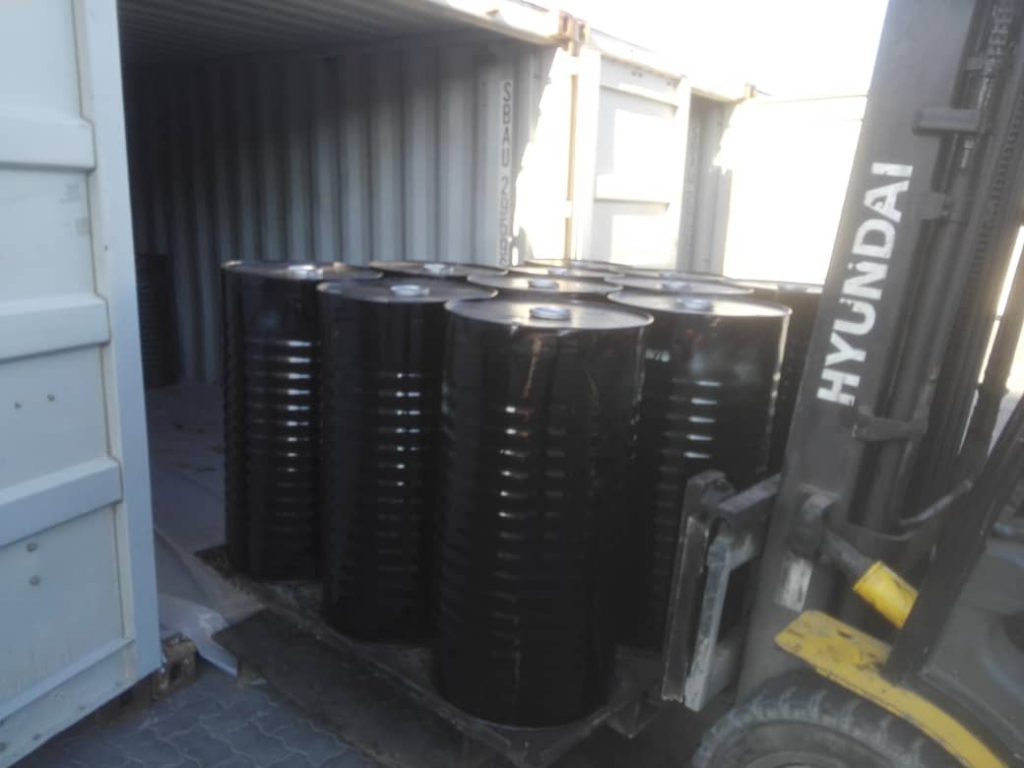Bitumen C600
Bitumen C600 Description

C600 is a paving grade bitumen manufactured to AS 2008 Table 2.2 and is primarily suitable for use in high modulus
base course asphalt.
Summary of benefits
The Viva standards to which C600 bitumen is made result in a very consistent bitumen with predictable handling and performance characteristics
Bitumen C600 Applications
C600 bitumen is the hardest paving grade bitumen available in Australia and is mainly used to produce high modulus
asphalt. Heavy-duty asphalt pavements need to be designed to accommodate significant traffic loadings for up to 40
years without exhibiting structural failure and hence, need to be constructed using appropriate materials. The load
spreading characteristics of pavement layers are governed by their stiffness and C600 bitumen facilitates the production of high modulus asphalt.
| Mixing Temperature | Holding time at Mixing Temperature | Medium term storage temperature | Medium term storage time | Maximum safe handling temperature |
| 175 – 185°C | 14 days | 130-150°C | 30 days | 190°C |
Health & safety
C600 is unlikely to present any significant health or safety hazard when properly used in the recommended
an application where good standards of industrial practice are maintained.
Bitumen C600 Typical characteristics
| Description | Units | Methods | Typical |
| Viscosity at 60° | Pa.s | AS 2341.2 | 600 |
| Viscosity at 135° | Pa.s | AS 2341.2 | 0.7 |
| Pen at 25° | dmm | AS 2341.12 | min 20 |
| Flashpoint | °C | AS 2341.14 | max 250 |
| Viscosity of residue at 60° C (% of original) | Pa.s | AS 2341.2 | max 300 |
Bitumen, also known as asphalt in the United States, is a substance that forms through the distillation of crude oil. It has waterproofing and adhesive properties. Bitumen production through distillation removes lighter crude oil components, such as gasoline and diesel, leaving the “heavier” Asphalt behind. The producer often refines it several times to improve its grade. Bitumen can also occur in nature: Deposits of naturally occurring bitumen form at the bottom of ancient lakes, where prehistoric organisms have since decayed and have been subjected to heat and pressure.
